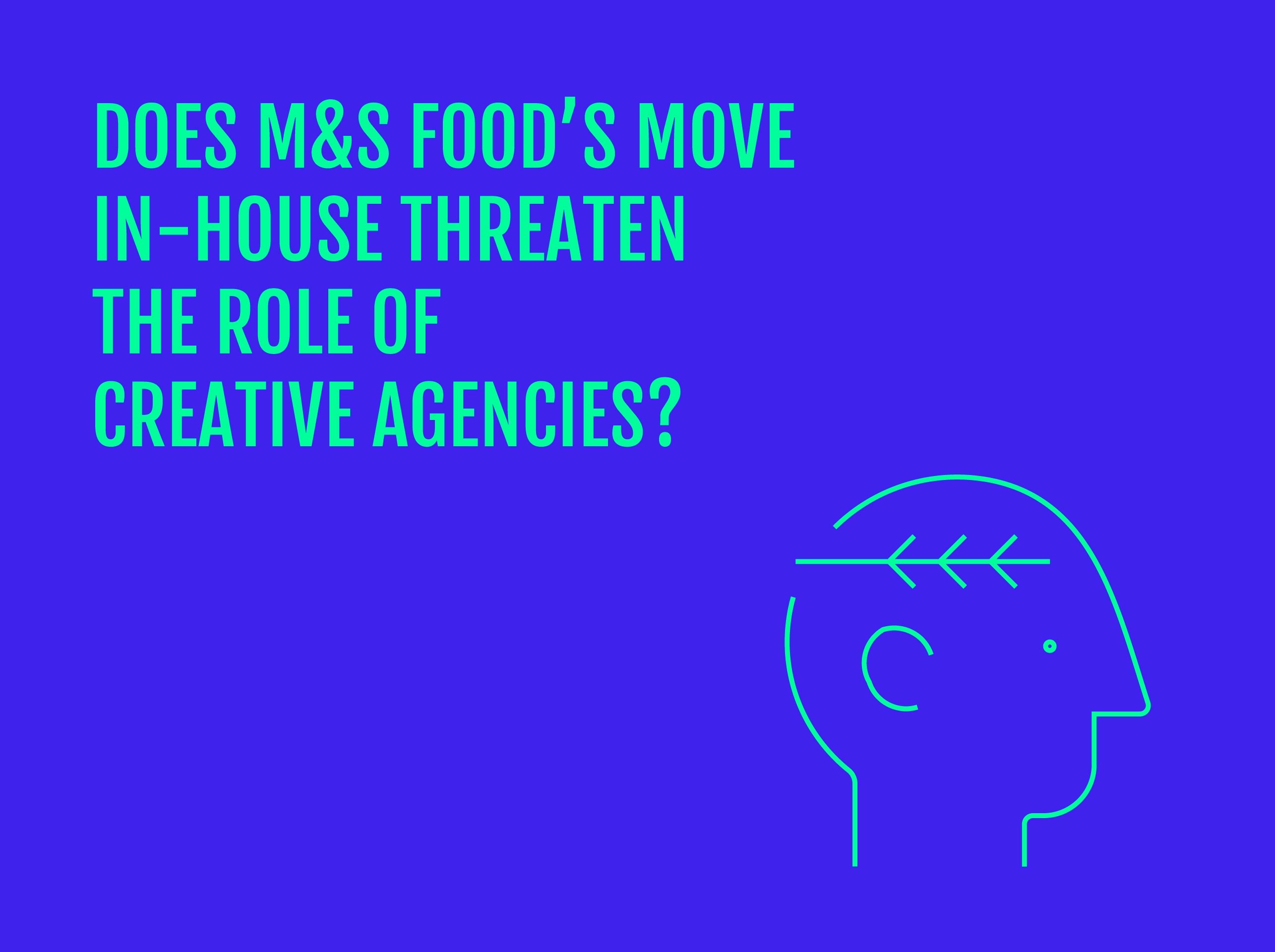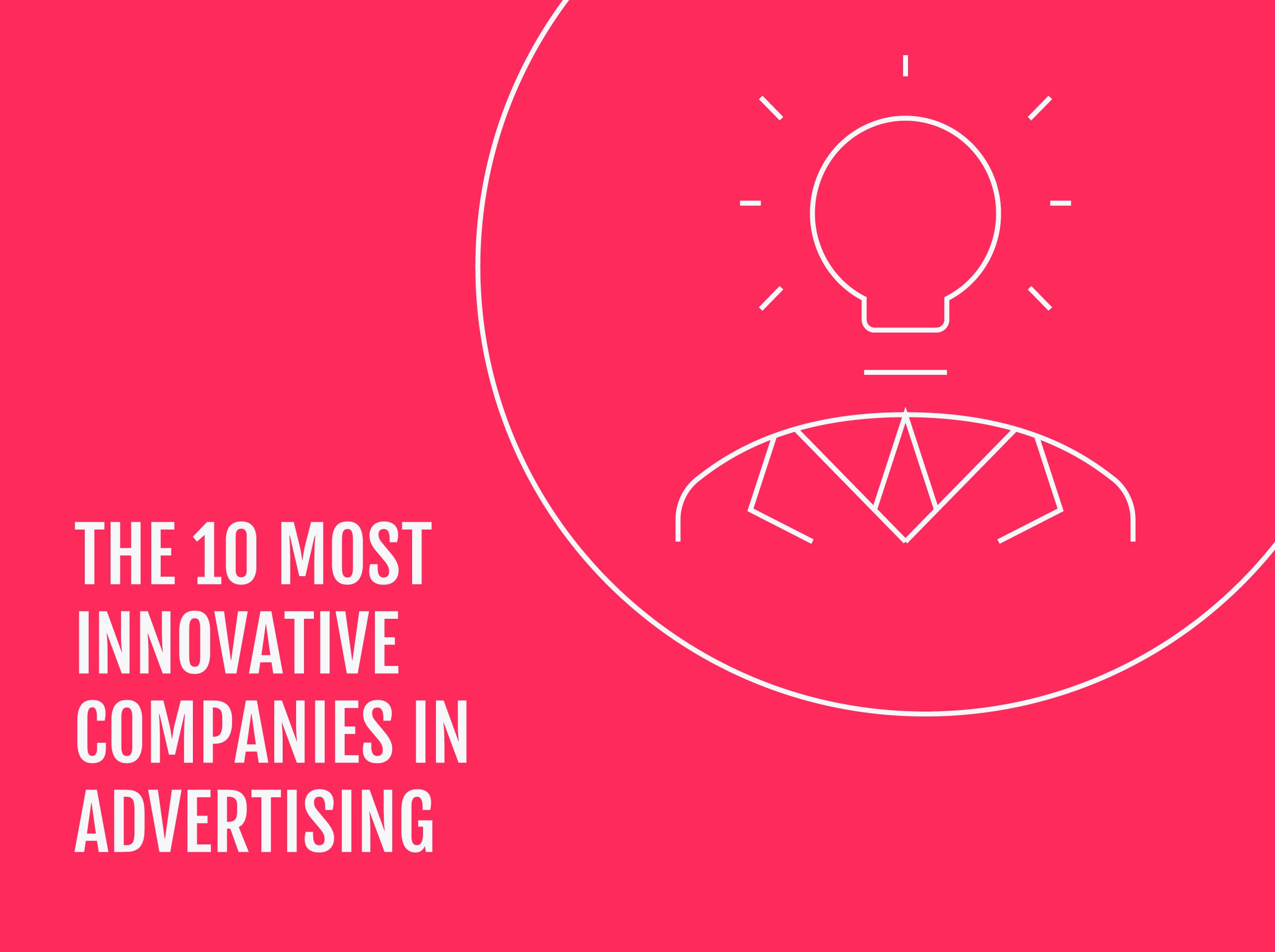Insurance, disrupted: What does the start of 2021 tell us about the industry?
The usual winter floods might be the only thing insurers won’t be surprised by this year.
We waited patiently for the new year.
January was meant to be a fresh dawn, with many businesses embarking on transformation programmes to emerge stronger from the pandemic.
But, looking at the economic and political events from this month, we see more disruption ahead. Particularly for insurance companies.
Before founding OLIVER, I spent 15-years at Commercial Union and Norwich Union (now Aviva) running seven of their specialist businesses. As I look at the UK insurance market today through a very different lens, it’s clear that there are four key trends from the month that will play a huge role in 2021 – as well as four opportunities for success.
1. Increased excess and exclusions
As January’s COVID-19 infection rates rose, so did insurance rates.
According to Business Insurance, the median excess liability rate increased by 52 per cent in January, with larger insurance companies experiencing a 6% leap for reinsurance rates of property and casualty policies.
It’s no surprise then that infectious disease exclusions are fast becoming the norm.
What does this mean for 2021? With profitability wavering, UK insurance firms are seeing the critical need to find their competitive edge.
Today’s empowered consumer, according to Deloitte, now expects to have their purchasing decisions influenced by digital communications. Insurers therefore need to focus on delighting customers with brilliant, wholly-online interactions.
My prediction is that “digital service experiences” will be this year’s biggest growth driver, and probably the only way for insurers’ to truly differentiate post-pandemic.
2. New laws and Brexit
This month, both the UK and US courts ruled that insurance companies would have to pay businesses for lost earnings. We also saw the end of the single market for the UK, with Brexit throwing-up a host of legal and commercial concerns for insurers. Coming into February, however, and deals are finally coming together – albeit, in sketchy territory.
Insurance businesses – like Argenta, Hiscox Action Group, and MS Amlin – are in the test group for the payout laws, and passporting rights to EU countries are beginning to be agreed, allowing UK intermediaries to place risks with certain insurers across the EU.
What does this mean for 2021?
Yes there’s uncertainty, but there’s also opportunity.
Opportunity lies in finding new customer markets. COVID-19 has made the world borderless, with digital replacing physical. It no longer matters where people live – they expect the best brands with the best products to reach them.
Winning companies will set sights on building fresh products for these emerging customer segments. Honing a data strategy, and moving towards a single-customer view, will drive revenue in the short term as well as fuel innovation long term. And, in terms of our globalised economy with an ageing population, there’s a long line of new needs to be met!
3. Important partnerships
Financial institutions are exiting ventures with the Trump Organisation. Since the U.S Capitol riots Aon, Signature Bank, Goldman Sachs, American Express, Chubb and the American Property Casualty Insurance Association have either closed accounts with, stopped donations to, or publicly denounced the Administration.
January also saw the break-up of Haven Healthcare – a non-profit health venture between giants Amazon, Berkshire Hathaway and JPMorgan Chase. Despite impacting their own share price, a further announcement from Amazon – that it will deliver its own healthcare with Crossover Health – actually resulted in a 2% share increase in some health insurance providers (UnitedHealth Group, Humana and CVS Health).
What does this mean for 2021?
It’s an insight into, “where to partner?”. Partnerships and allegiances are good bulk-builders, but only where there’s strong alignment. And, in 2021’s climate, finding synergy – from brand, to product, to geography – can be a precarious and risky task. Bulk without innovation (and therefore profit) is not a sustainable strategy.
That’s not to say don’t do it. But think about the bigger picture when you match-make, particularly the unique culture of your brand and how you’ll get two tribes working as one.
4. Technology to revive global markets
According to the Goldman Sachs Asset Management insurance survey, nearly 41% of insurers believe that there could be a global recession in 2021. Slow GDP growth is attributed to reduced manufacturing and decreasing spend – but also the slowing of technological innovations.
What does this mean for 2021?
While technology transformation seems unattainable to most right now, it’s the biggest opportunity for brave insurers wanting to kick-start growth. The opportunity lies in delivering a better experience and outcome for the customer. It’s as simple as that.
Insurers must therefore use 2021 to grow strong collaborations with innovative players both inside and outside their industry, with the aim of linking data with creativity and building one customer ecosystem.
But, again, finding the right partner is key.



